The making of India’s first disability-accessible Pride: Namma Pride, Bengaluru, 2016

Suggested citation format:
Rajani, Ritesh and Madhumitha Venkataraman. 2017. The making of India’s first disability-accessible Pride: Namma Pride, Bengaluru, 2016. Orinam.net. Retrieved on mm/dd/yyyy from https://orinam.net/making-of-indias-first-disability-accessible-pride-bengaluru-2016
INTRODUCTION
Pride marches across the world have become important events for the show of strength and solidarity of the queer community. Pride celebrations, especially in India, are more than just a colorful parade. Prides are platforms for protests, for voicing out against oppression, and calling for an equal society. In recent years, Pride marches have embraced the idea of intersectionality – an idea that talks about equality beyond the lines of gender and sexuality. Queer individuals who walk the Pride march have identities beyond their queer identities. When we call for freedom and equality on the lines of gender/sexuality, we ought to recognize the call for equality on the lines of caste, class, region, religion and other divides or inequalities that exist today in the country/society.
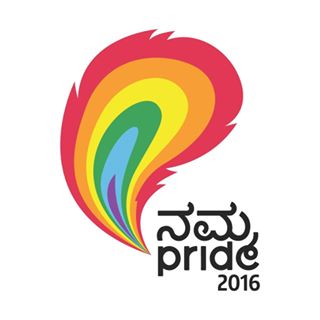 Apart from incorporating these intersectionality groups, Namma Pride 2016 (Bangalore Pride 2016), went a step ahead and became India’s first pride to be made accessible to persons with disability.
Apart from incorporating these intersectionality groups, Namma Pride 2016 (Bangalore Pride 2016), went a step ahead and became India’s first pride to be made accessible to persons with disability.
This document talks about the need for accessibility, key steps taken to build accessibility and the Namma Pride 2016 journey of building accessibility.
WHY SHOULD YOU MAKE PRIDE ACCESSIBLE?
While queer prides should also call out inequities in the society that exist for people with disability from a political and equal rights stand point, there are four more arguments that make the case stronger:
- Intersections: queer and disabled: Yet another aspect about the identity of a person, queer or otherwise, is ability/disability. There are many people with disability who may be queer (including asexual). And there are many persons who identify as LGBTQ+, who may be living with a visible/invisible disability. The intersections are largely unspoken about because sexuality of a person with disability itself is an unspoken topic. The society looks at persons with disability as largely asexual beings (a feeling that is sometimes internalized within the persons themselves). So, for a person with disability (who fights with enough battles already), to have explored their sexual identity, and be able to openly come out and say that they do not fall in the mainstream heterosexual cis-gender category is pretty uncommon. This does not mean that persons who are both queer and disabled do not exist.
- Shades of similarity between both communities: Persons who have worked closely with both queer and disability communities know that there are striking similarities between the two. The situations may be different, but the pain, evolution and introspection that an individual from both communities goes through is similar. The problems of inequity that plague both the communities today are also similar. The coming together of both communities adds more strength to the movement of inclusion.
- Accessibility is good for everyone: Like any other case, interventions made to include a particular section of society are largely good for everyone else too. Making Pride accessible for persons with disability has ensured that senior citizens, children, and people who just need a place to sit during the march can also participate. It has helped in reaching out to a larger audience, and enable participation of more individuals, as parents, friends, and colleagues can participate despite their age, and physical abilities they may have. Further, despite the greater visibility of young people in public LGBTQ+ community events, many members of the community are aging as well, and this opens doors to them.
Caveat: The core message of Queer Pride is the need for recognition and inclusion of people of diverse genders and sexualities. Making Pride disability-accessible does not detract from this message. Rather, by making Pride accessible, you affirm your commitment to include other groups, and your recognition of the intersectional nature of oppressions and identities.
HOW DO YOU MAKE PRIDE ACCESSIBLE?
Key decisions to be made
- Pride team buy in: If you are taking the lead in proposing this idea, make sure that the Pride team signs off on the concept, budget and other requirements. Accessibility is a key component of every activity in Pride and therefore, team agreement is imperative. If majority of the team is bought in, go ahead. Address any questions, comments or thoughts on this in the first meeting itself, before you take it forward.
- Have a separate team focused on accessibility: It would be good to have accessibility champions right from the start – the team can be 3-4 members, but members who are passionate about the concept. The team should include an expert in accessibility/ disability and preferably a person with disability as well. The responsibilities will be to work closely with other teams (especially logistics), to conduct accessibility audits, to create awareness in both the communities about the other and to plan the march well. Having 10-11 volunteers (as a part of the extended team) would be good during the march.
- Just for Pride march? Or all events? Ideally, accessibility should be taken care of for all community events, not just for Pride. Making any event fully accessible may be an extension especially if you are doing this for the first time, however you could decide to provide specific assistance to any person with disability who wants to participate.
- Inclusion towards all disabilities: Like sexualities and genders, disabilities are diverse, including locomotor, speech and hearing, psychosocial, visual disabilities, and beyond. Pride should be accessible for persons with less visible/invisible disabilities as well.
- Decision on budget: Making Pride accessible does involve a budget. A range of INR 8000-15000 should be kept aside for this effort.
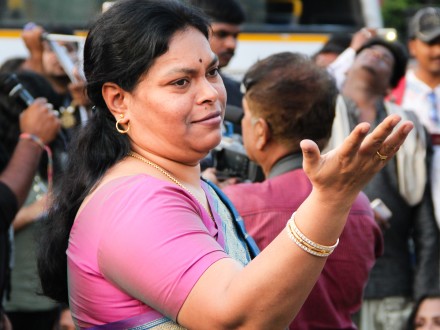
Nine Steps to make Pride accessible
- All venues for all events should be reasonably accessible: Choose venues that have ramps or two steps and not more to ensure accessibility. If you have videos, having a sign language interpreter or subtitles will ensure one can read.
- Having a footnote in all your communication: Indicate that the event is accessible for persons with disability. Provide coordinates of go-to people, in case people want to participate and need assistance. Potential participants could reach out in advance and specify the assistance required, so that the team could provide the same. The communication should be kept simple and the website/app accessible for persons with visual impairment.
- Partnering with an accessible cab service provider: This caters largely to persons with locomotor/mobility disability. For the Pride walk itself, you could tie-up with cab services that provide special cabs equipped with aids such as extensible ramps to accommodate wheelchairs, and/or have seating that is easily accessible for persons with disability to mount/dismount. In Bangalore, we tied up with Kick Start Cabs for Namma Pride 2016 who provide such services.
- Sign language interpretation, subtitles and basic friendliness: Interventions to include persons with hearing and speech impairment may be made by providing sign language interpreters at major events such as post/pre-Pride speeches, and by ensuring that videos, and movies at screenings are sub-titled. Be friendly and speak to them – most of them will know how to lip read. Having a small notebook and pen will also help.
- Assign volunteers to each individual with visual impairment: For persons with visual impairments and disabilities that do not come under the above two categories, inclusion can be done with the help of volunteer assistance. We just need to assign a buddy/volunteer with every individual to walk along and describe the happenings of the pride, and help them navigate tricky terrain (such as potholes).
- Education on LGBTIQ to persons with disability and vice versa: Do sessions, create videos to educate both the communities about each other. Many persons with disability may never have heard of Pride and many queer persons may never have met a person with disability – so educating both sides is imperative.
- Volunteer training: Share videos like ‘Awkward No More’ to help volunteers understand what it means to volunteer with persons with disability. Partnering with a disability organization and getting volunteers from there is another idea, where extensive training may not be required.
- Planning, organizing before the march:
- It is alright to ask persons with disability to register beforehand for special assistance – to accommodate their need.
- Make a list of persons who have reached out and shown interest in joining.
- Talk to each individual about what accommodations are required, how flexible they are for walking short distances for example. Be very clear about what is possible and what is not possible Say NO if you cannot accommodate certain requests (for example pickup from home). Respect persons with disability.
- They have been navigating their way through an in-accessible world every day, so they can make their decisions on how to participate and would ask for help when required.
- Accessibility Audit: It would be useful to have step-by-step and turn-by-turn clarity of the pride route beforehand, with distance markers. It will be also good to know from the traffic police about points where traffic will be halted, cross-overs and one-ways. Ideally, an accessibility audit should be done by members of the accessibility team to walk the entire route of the pride to assess bottlenecks and challenge point for accessibility. Document hard to walk or wheelchair inaccessible terrains. Ensure police permission is also taken for the cabs/vehicles. Note specific places where cabs/vehicles cannot pass along the pride (one-ways, small lanes etc.). Create an alternate divergent route for the vehicles to take and join back. Note halt points for water and refreshments – they could be kept same as where persons with disability choose to mount/dismount cabs to walk the pride.
Useful references
- Education on disability for LGBTQIA members (used to create awareness) https://www.youtube.com/watch?v=8NwbgwwUrsE
- Education on LGBTQIA+ for persons with disability (used to create awareness) https://www.youtube.com/watch?v=sy-AaJ98yM8
- Suggested note on disability in all the communication on the event (translate as needed): “If you are a person with a disability and/or would need special accommodation to participate in this event, please write to us at [email protected], providing details about your requirements. We work with you to make your participation possible.”
EXPERIENCE AT NAMMA PRIDE 2016 AS A DISABILITY-ACCESSIBLE PRIDE
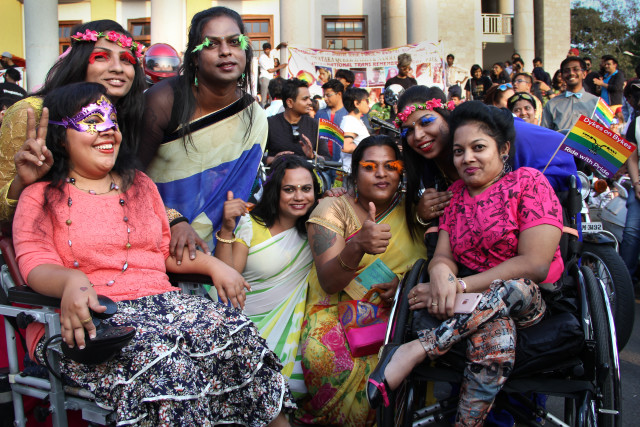
Namma Pride 2016, held on November 20, was the first Pride in India to be made accessible for persons with disability. The core accessibility team implemented all of the above steps to ensure that it was made accessible. There was also extensive campaigning done in advance to ensure participation of persons with disability in this celebration.
Outcome: Approximately 40 persons with disability participated in the Namma Pride 2016 march and associated events. This included persons with visual impairment, speech and hearing, and locomotor impairment. There were about four people who identified themselves as queer persons with disability. The feedback was extensively positive with many of the persons with disability having this experience for the first time.
Overall, it was a wonderful foray and was much appreciated by all. As always, any new initiative is a journey of progressive realization, and this was no different. There were a few key learning points, which we are sharing so that you can keep this in mind as you build an accessible Pride.
Key learning: 1) Maintain and buffer additional time to assemble and organize the persons with disability contingent (we already had but it tended to spill over). 2) Keep the cabs in the middle of the Pride march, both led and followed by people. If the cabs lead, the cops tended to speed up the whole march by asking cabs to move faster. 3) It is very important to have the Pride route decided well in advance – changes to the route can lead to a lot of chaos.
The team that made this happen
Core Team: Madhumitha Venkataraman, Ritesh Rajani, Naveen Joshi, Vishnu Soman, Vidushi Jayaswal, Vishnu Soman, Ajmal Muheed, Manas Modi, Manisha Shastri
Partnering Organizations: Enable Community, Kick Start Cabs, GiftAbled Foundation, Adarsh College, YUVA
Extended support from: Romal Liasram Singh, Priyank Asha Sukanand, Nakul Sharma
Volunteers: Madhumitha Venkataraman, Ritesh Rajani, Naveen Joshi, Naren Pai, Rishika, Noah D’Mello, Jason Jacob, Dharam Veer, Ranjitha K, Rohan, Vishwajit Singh, Kamlesh Singh
Email [email protected] for more information on this initiative
CONCLUSION
Building accessibility is a journey of progressive realization, so starting small is good and building on it every year, essential. The objective is not necessarily to have hundreds of persons with disability to participate, but to create a Pride where they are welcome to participate. It is very much like when we create an LGBTQ+ inclusive society, the objective is not for everyone to come out but have a safe/welcoming environment where they can choose to be out. Start by reaching out to small circles in the disability community and invite them to the accessible Pride. It is alright to take small steps in the right direction of full inclusion. Let’s create a more inclusive and accessible Pride for everyone. Happy Pride!


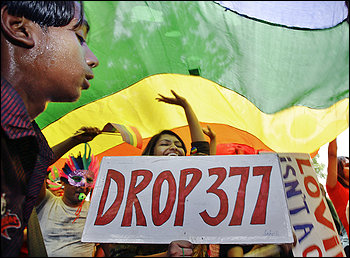
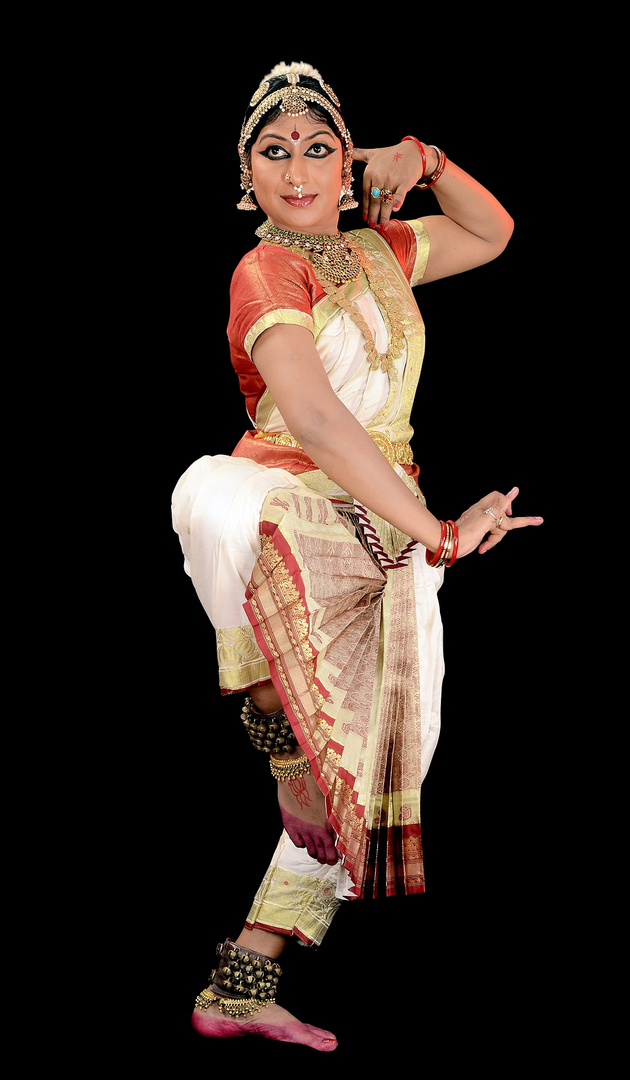
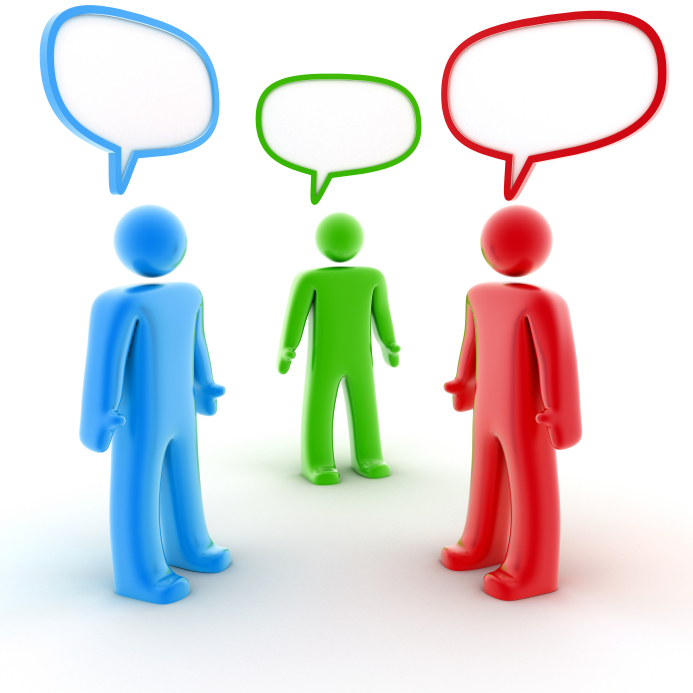
One Comment